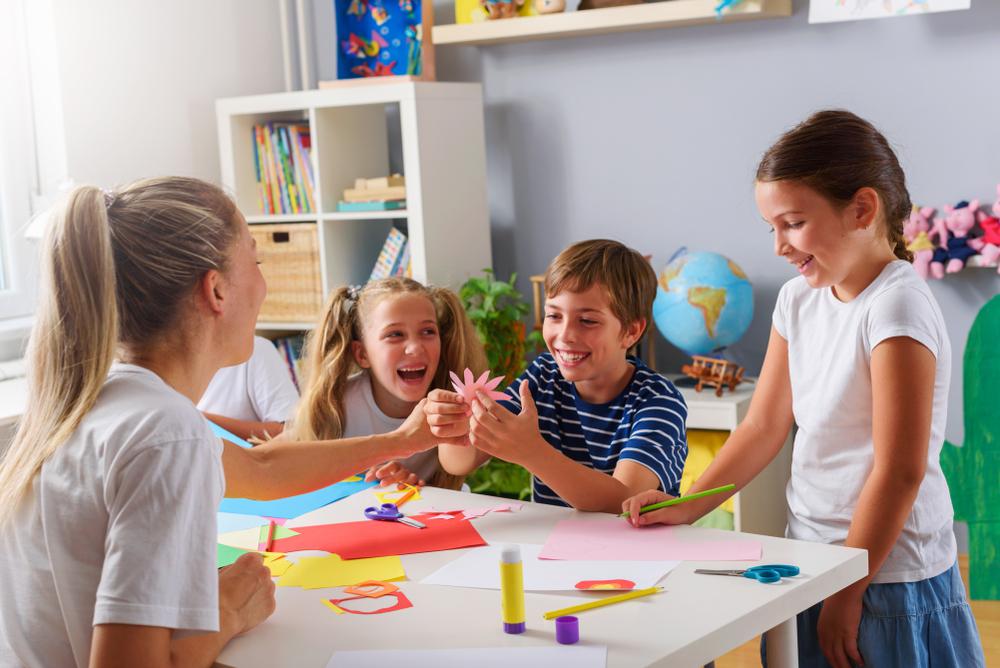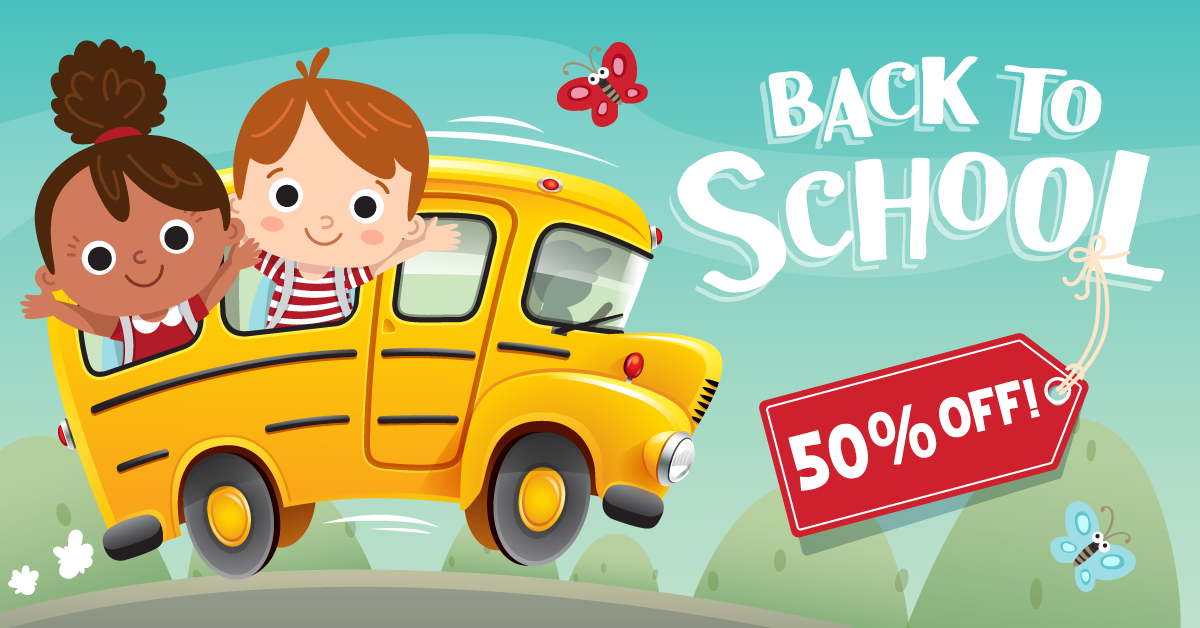Visual learning stimulation Worksheets for 5-Year-Olds
3 filtered results
-
From - To
Discover engaging visual learning stimulation worksheets designed specifically for 5-year-olds at Kids Academy! Our expertly crafted materials boost early learning with vibrant visuals that captivate young minds. These activities enhance critical thinking, shape recognition, and problem-solving skills, laying a strong foundation for future education. Through fun and interactive exercises, children effortlessly grasp basic concepts and develop visual-spatial abilities. Perfect for home or classroom use, our printable worksheets offer endless opportunities for young learners to thrive. Give your child an educational advantage with Kids Academy’s visual learning stimulation resources, making learning both effective and enjoyable.
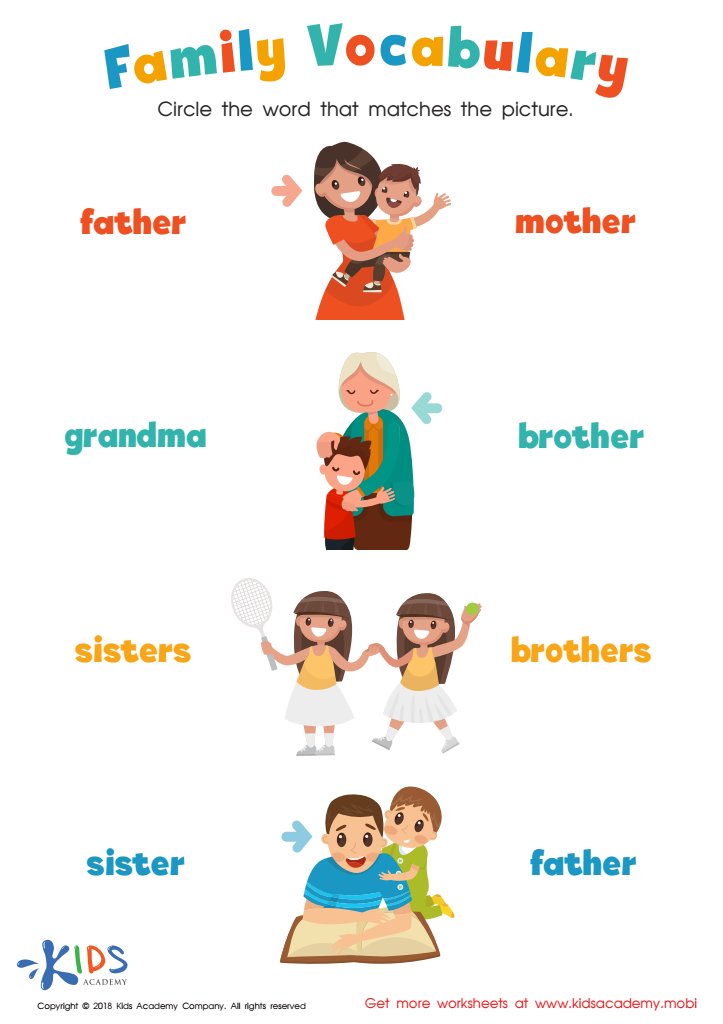

Family Vocabulary Worksheet
Visual learning stimulation is crucial for 5-year-olds because this developmental stage is a period of rapid growth in cognitive, motor, and sensory skills. Visual stimuli, including pictures, colors, shapes, and patterns, are key to enhancing these skills in young learners.
First, visual aids can significantly improve children’s ability to understand and retain information. Young minds are naturally attracted to colorful and interesting images, which can help them grasp complex concepts more easily and remember them longer. For instance, visual tools can make abstract ideas more concrete, turning numbers into relatable objects or stories.
Second, visual learning fosters creativity and imagination. When children interact with vibrant visuals, they are encouraged to think more creatively and use their imagination. This not only promotes cognitive development but also bode well for problem-solving and critical thinking skills in the future.
Moreover, visual learning supports emotional and social development. Recognizing and interpreting facial expressions and body language through pictures helps children develop empathy and social skills. Books with illustrations about different cultures, for instance, can teach children about diversity and inclusivity.
Overall, caring about visual learning means setting a robust foundation for lifelong learning, critical thinking, and emotional intelligence in children, leading to well-rounded individuals.
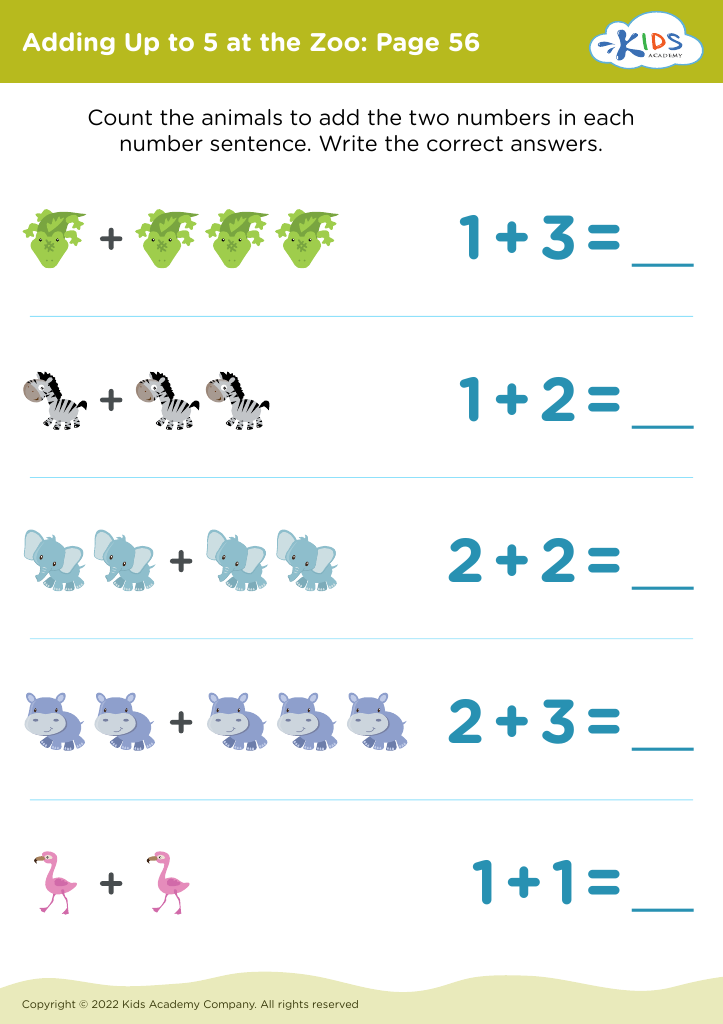
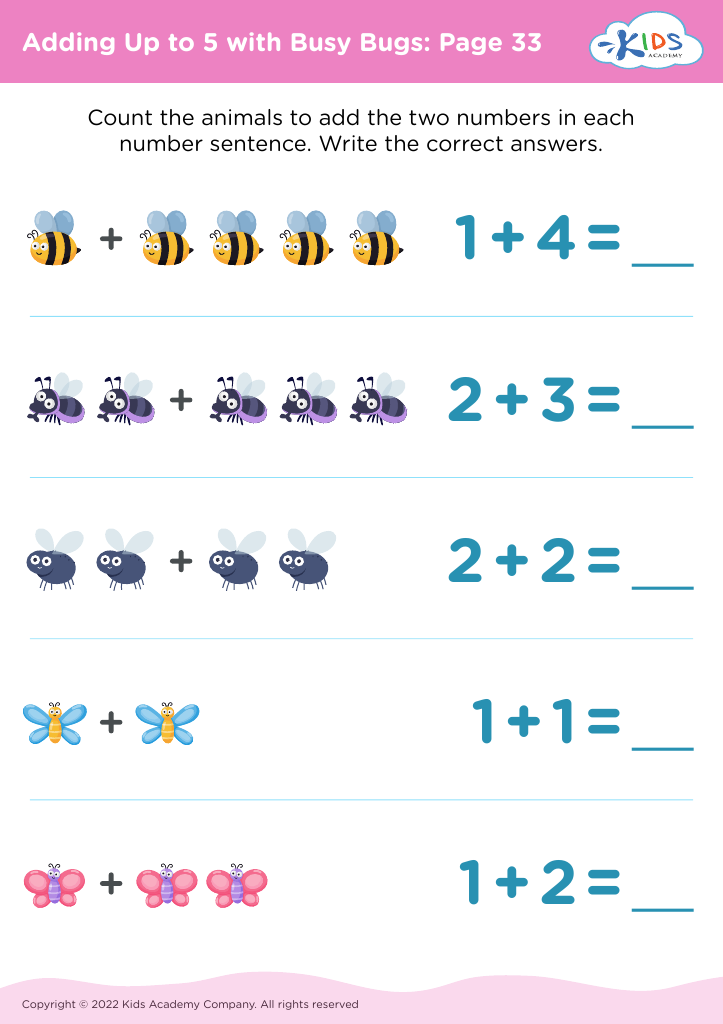
 Assign to My Students
Assign to My Students




